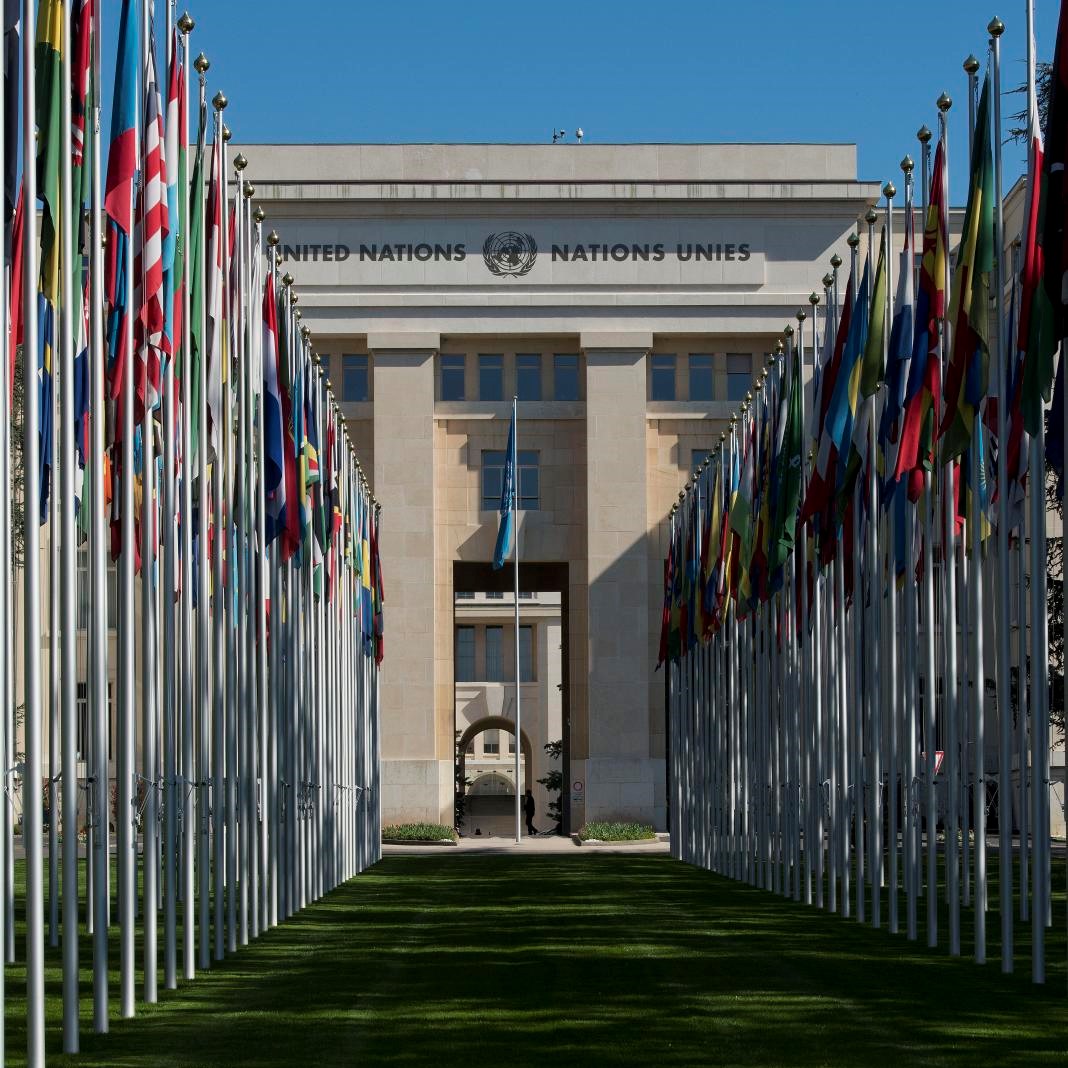
Measuring Illicit Financial Flows
It is safe to assume that countries lose substantial resources through illicit financial flows. These flows differ across countries and regions, and may originate from several sources, such as illegal activities, money laundering or tax avoidance. This undermines their ability to mobilise domestic resources and hampers economic and social development.
These risks have been recognised in the United Nation in their 2030 Agenda for Sustainable Development in the Sustainable Development Goal (SDGs) and by 2030, significantly reduce illicit financial and arms flows, strengthen the recovery and return of stolen assets and combat all forms of organised crime. As part of the process to reach this goal UNCTAD and UNODC are responsible to develop the SDG indicator total value of inward and outward illicit financial flows (in dollars).
However, no globally-accepted methodology to monitor illicit financial flows yet exists. To develop such methodologies and guidelines a task force has been established. Following up on previous expert consultations the meeting in Geneva aimed to develop statistical definitions and typologies of illicit financial flows, take stock of available data and discuss methodologies to measure various types of illicit financial flows.
WIFO economist Simon Loretz presented the results of the "Aggressive Tax Planning Indicators" study. The focus was on the question, whether the results can be generalised to a (sub‑)indicator for illicit financial flows for all countries. While the study includes a number of indicators, some of them providing reliable hints for substantial tax avoidance, the challenge remains to derive one common indicator.
Further information about the Task Force Meeting
Publications
- Simon Loretz
- Richard Sellner
- Bianca Brandl
- Giampaolo Arachi
- Valeria Bucci
- Maarten van't Riet
- Ali Aouragh
Please contact
























